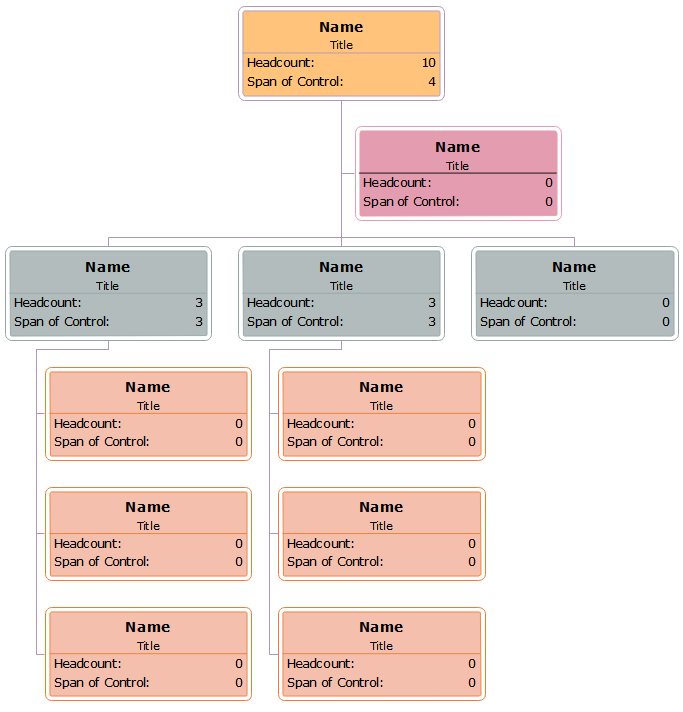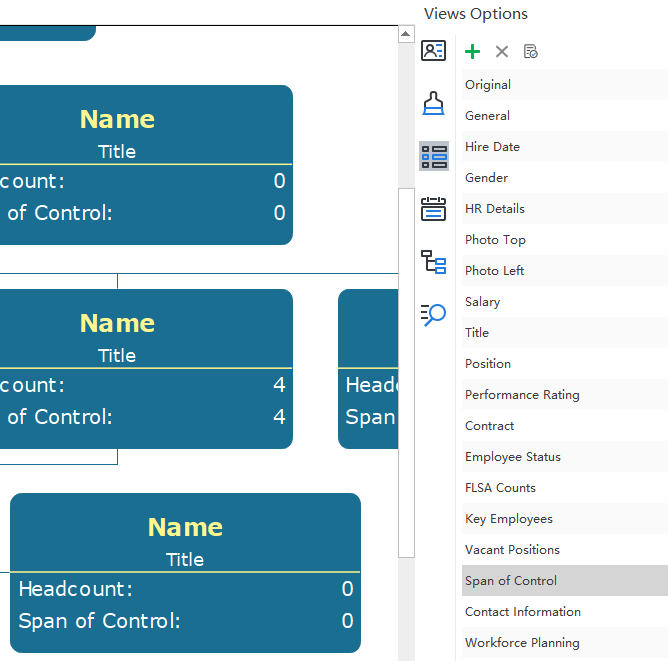The span of control is commonly used in business management, particularly human resources management. It refers to the number of subordinates a supervisor has. Check out this article for more details based on a span of control organizational chart.
What is Span of Control?
It is the number of subordinates that a manager or supervisor can directly control according to the different types of work. The addition of new hierarchical layers makes the organizational structure steeper. Normally, a large Span of Control leads to a flatter organizational structure. A small span of control creates a steeper organizational structure.

The span of Control Dimensions
Good leadership partially has to do with a manager’s innate talents. In addition, there are also involves two dimensions:
- Horizontal dimension – This is the number of direct subordinates a manager actually supervises. This is also referred to as the Span of Control.
- Vertical dimension – This is the number of levels that are directly managed. It refers to the extent to which the manager’s wishes trickle down to the lowest levels of the organization.
- Some other dimensions including Leaders’ experience, personality, skills, task complexity, the nature of the organization, the level of communication and so on.
What Factors Influence the Span of Control?
These are the factors affecting the span of control:
- The capability of workers – highly capable workers only need little supervision;
- The capability of leaders/managers – experienced managers with good skills will be able to supervise more team members;
- Task similarity – if the tasks that the subordinates are performing are similar, then the span of control can be wider;
- Workload – If the leaders are involved in many projects, then the number of direct reports will need to be smaller
- As less as possible – Span of control should be as less as possible since executives can control all his subordinate working under him;
How to Decide an Ideal Span of Control?
There is no right or wrong answer as to whether a large or small span should be used within an organization. However, managers should consider the following factors including:
- Organization scale: Usually, larger organizations tend to have wider spans of control than smaller organizations.
- Organizational culture: Employees have lots of autonomy will be more suited to a wide span of control. In contrast, a hierarchical culture is consistent with narrow.
- Nature of job: Routine and low complexity tasks require less supervision than jobs that are inherently complicated.
- Skills of leaders/employees: More experienced leaders can be wider than less experienced supervisors. Less experienced employees require more training. Highly skilled and qualified professional employees often prefer to operate within a large span of control.
Create Your Own Span of Control Organizational Chart
It’s handy to create your own organizational chart. Just open this easy org chart creator and then go to Views Options>Span of Control then you can edit the employee workload details for each employee shape as shown below:

